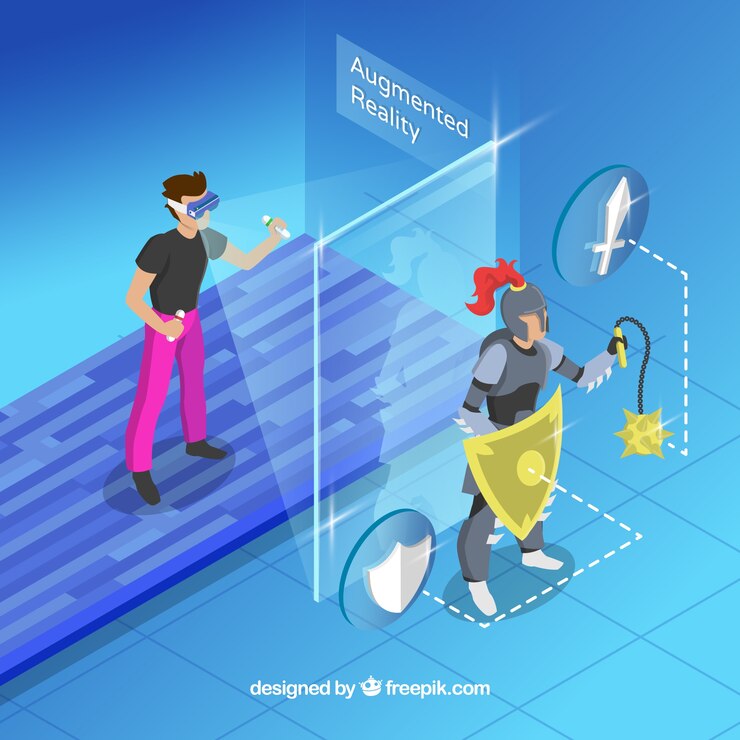Augmented Reality in Aerospace: Smarter Design, Safer Operations
Augmented reality in aerospace is transforming how the industry approaches training, maintenance, and system design. By overlaying digital information onto real-world environments, AR enables engineers, pilots, and technicians to visualize components, simulate operations, and reduce errors. From cockpit simulations to aircraft assembly guidance, AR boosts safety, efficiency, and innovation across all aerospace sectors.


Applications of MR in Aerospace
1. Aircraft Design & Prototyping
- Engineers can interact with 3D holographic models of aircraft, testing designs in real-time before manufacturing.
- MR enables real-time collaboration between global teams, reducing the need for physical prototypes.
- Shortens the design-to-production cycle, saving time and costs.
2. Pilot Training & Simulation
- MR-based cockpit training overlays interactive instruments in real-world environments.
- Pilots can experience realistic flight conditions, emergency scenarios, and weather simulations.
- Reduces training costs while improving pilot response time and decision-making.
3. Aircraft Maintenance & Repair
- Technicians can use MR headsets to access real-time repair guides, schematics, and interactive overlays.
- MR provides step-by-step maintenance instructions, ensuring precision and reducing human errors.
- Increases efficiency and minimizes aircraft downtime.
4. Airport Operations & Air Traffic Management
- MR assists air traffic controllers by overlaying live flight data, weather updates, and aircraft positioning.
- Improves airport logistics, including baggage handling, aircraft refueling, and security operations.
- Enhances passenger navigation with MR-powered airport wayfinding solutions.
5. Space Exploration & Astronaut Training
- MR simulates zero-gravity environments for astronaut training, improving preparedness for space missions.
- Astronauts can interact with virtual control panels and holographic guidance systems for spacecraft maintenance.
- Enhances decision-making during critical space operations.
6. Passenger Experience & In-Flight Services
- Airlines use MR to provide immersive safety demonstrations and in-flight interactive experiences.
- MR wayfinding helps passengers navigate airports with real-time holographic directions.
- Improves customer engagement with virtual seat selection and interactive travel guides.
Case Studies
1. MR in Aircraft Maintenance
Challenge: Engineers required hands-free guidance for complex repairs.
Solution: Developed an MR headset that overlays interactive repair instructions onto aircraft components.
Outcome: Reduced maintenance errors and improved repair speed by 30%.
2. MR Cockpit Training for Pilots
Challenge: Traditional pilot training required expensive simulators.
Solution: Created an MR cockpit simulation, allowing pilots to interact with virtual instruments and flight controls.
Outcome: Reduced training costs while improving pilot readiness and reaction time.
3. MR Prototyping for Aerospace Engineering
Challenge: Aircraft design teams needed a better way to collaborate on prototyping.
Solution: Used MR to create interactive 3D models, allowing engineers to refine designs in real time.
Outcome: Reduced prototyping time by 40% and minimized material wastage.
